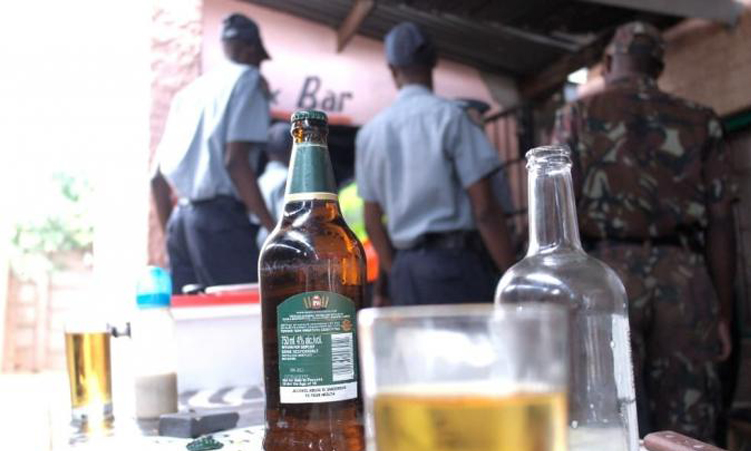The Bank of Namibia’s decision yesterday to cut the interest rate by 25 basis points to 7.25% is expected to provide relief for consumers and businesses alike.
Yesterday’s repo rate cut was the second rate cut announced by Bank of Namibia (BoN), with the first one taking place in August.
This brings the prime lending rate at commercial banks to 11%.
Experts say the rate cut was expected and signals good returns for consumers and businesses.
“The 25 basis point rate cut will likely stimulate consumer spending and business investment as borrowing costs decline,” Almandro Jansen, a junior analyst at Simonis Storm Securities, says.
However, he says the full impact may take time to materialise due to the usual lag in monetary policy transmission.
“While this easing should support domestic economic growth, global demand conditions and external factors will still heavily influence Namibia’s overall economic trajectory,” Jansen says.
Economist Joseph Sheehama says the rate cut will relieve the financial pressure on all Namibians.
“This will make things a little bit easier for the lower-income group or for consumers who are truly having a hard time making ends meet when it comes to paying their debts,” he says.
INFLATION
!Gawaxab yesterday said the repo rate cut decision was influenced by the growing momentum in the international monetary policy easing cycle, the retreat in domestic inflation over the medium term, along with the recent downside surprise in the September inflation print.
“With the latest projections indicating a lower and well-contained trajectory for inflation over the medium term, and with international reserves at a level deemed robust, the Monetary Policy Committee unanimously decided to reduce the repo rate by 25 basis points to 7.25% per annum, effective immediately,” he said.
Meanwhile, Jansen says the rate cut is unlikely to create immediate inflationary pressure given that headline inflation has moderated to 3.4% in September.
“The current low-inflation environment provides room for further rate cuts without stoking significant inflation concerns.
However, Namibia’s reliance on imports, particularly for essential goods, means global supply chain disruptions or commodity price swings could still pose risks to the inflation outlook,” he says.
He says balancing the need for domestic economic support with potential external risks will be key in the central bank’s approach going forward.
SOUTH AFRICAN RATE
Yesterday’s rate cut brought Namibia’s rate now 75 basis points lower than South Africa’s, which is at 8%.
Jansen says this rate differential may not raise immediate concerns as Namibian government bond yields in certain maturities are higher than South Africa’s, which provides a cushion by attracting investors seeking higher returns.
“These higher yields can help compensate for the lower repo rate, making Namibian debt competitive in comparison.
However, while Namibia’s higher yields are appealing, other factors such as market liquidity and sovereign risk remain important considerations,” he says.
South Africa’s bond market is much larger and more liquid, which can be a draw for institutional investors who prioritise ease of trading.
Nevertheless, Jansen says Namibia’s solid fiscal position and foreign reserves provide stability, allowing the central bank to cut rates without the risk of significant capital outflows.
“The higher yields in Namibia, combined with these stabilising factors, ensure that the current rate differential does not pose an immediate threat to financial stability,” he says.
WAY FORWARD
In its base case, Simonis Storm anticipates a total of 100 basis points of additional rate cuts going forward, bringing the total reduction to 150 basis points.
“With 50 basis points already cut in recent months, we expect further reductions in line with the current low inflation environment and subdued economic growth.
This easing should provide additional support for domestic demand and investment,” Jansen says.
However, the pace of future cuts would depend on how inflation evolves in the coming months.
“If inflation remains well-contained, further easing is likely. But if global inflationary pressures arise whether from energy prices or supply chain issues, the central bank may need to slow the pace of cuts to maintain price stability. For now, the balance of risks leans toward further cuts, as economic conditions continue to warrant accommodative policy,” Jansen says.
Stay informed with The Namibian – your source for credible journalism. Get in-depth reporting and opinions for
only N$85 a month. Invest in journalism, invest in democracy –
Subscribe Now!






